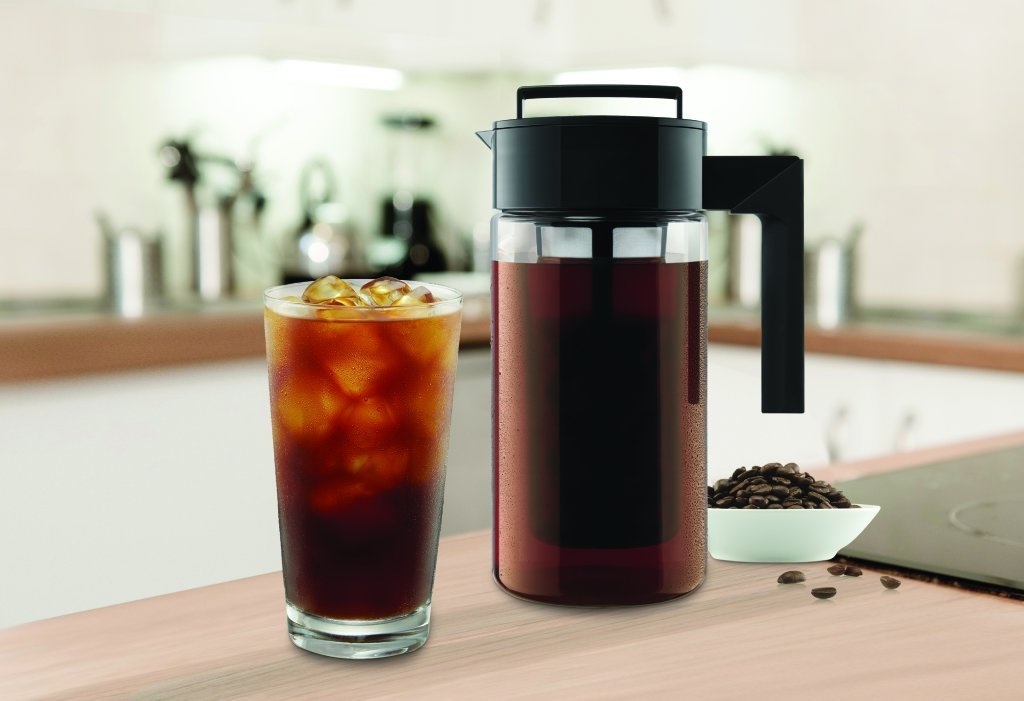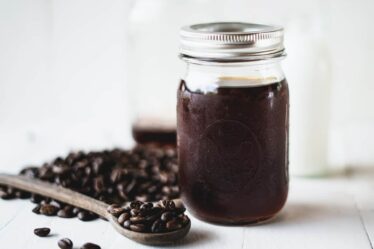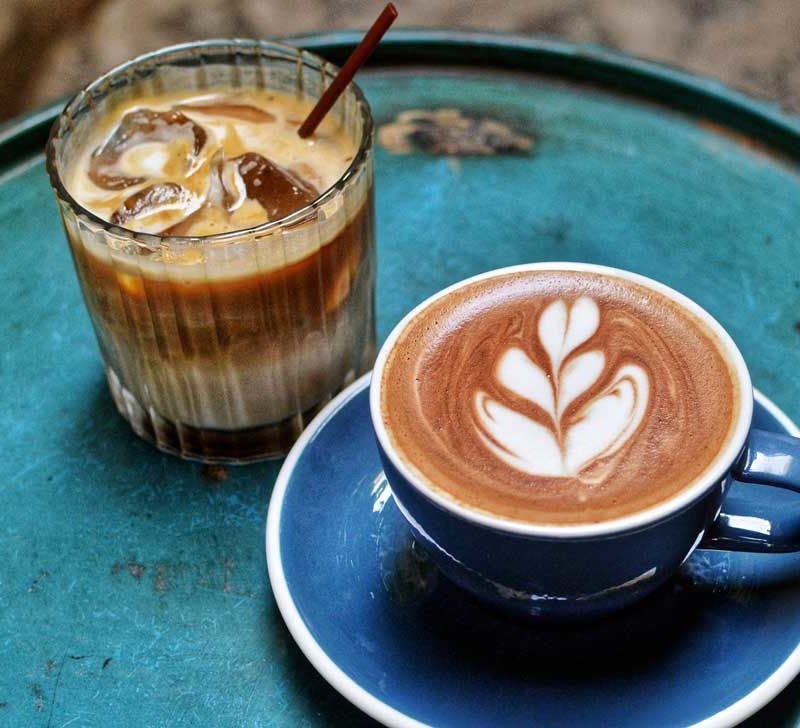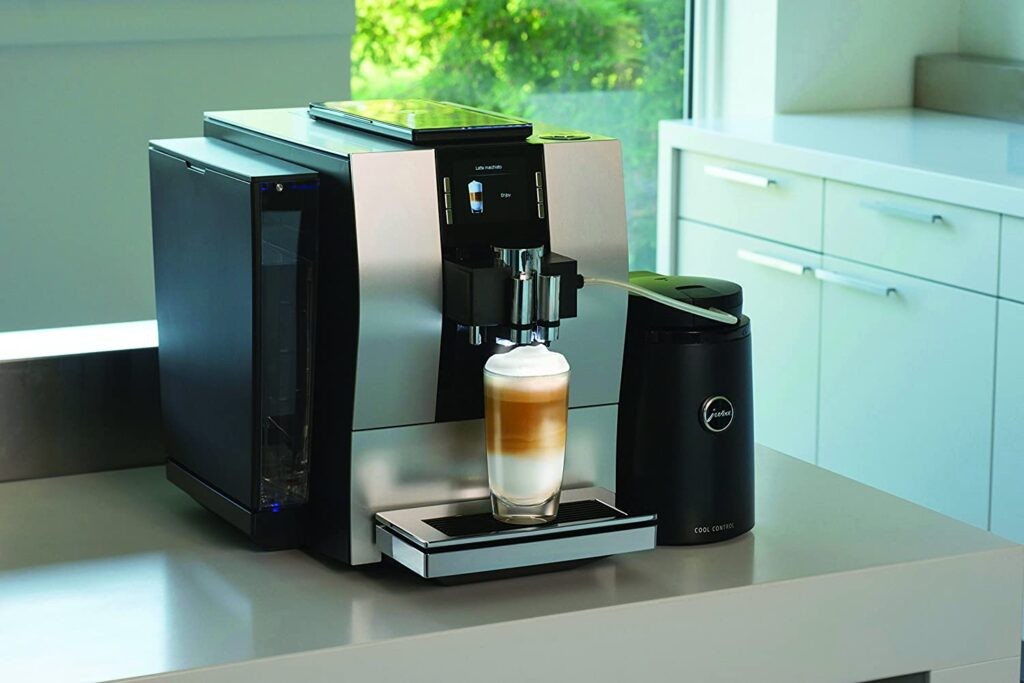
Your coffee machine should be good for at least ten years, if not longer. I have a 12-year old Jura F8 that has been working excellently all that time, and even the service engineer told me that he wouldn’t worry about it ever needing any servicing until well after 15 years. Through you can explore the latest Jura coffee machines of this year
The quality of components used in machines is now so high and the design of modern devices so good that there’s no need to sell you a new machine every few years – my parents are on their second Saeco (not Jura) from 2006 still going strong!
The one major thing I’ve had to repair was the burrs. Because they’re always clogged up with coffee dust from grinding beans/ground coffee. I open up the back, wipe it out, and put in new burrs regularly as needed.
It usually takes about six months for them to get clogged up with dust – they’re ultra-effective at grinding beans. If you don’t clean them regularly, you’ll notice your grinder is taking forever to grind and feel like it’s working slow or weakly – that’s because the teeth are gummed up with old coffee grounds/dust.
I’ve also had one minor problem from when my sister used to use this machine… she spilled a bit of milk in there at some point. It left a coating of calcium deposits inside the brew group chamber area, which caused her problems with staining (as if you’d made a coffee with milk and forgot to clean it). A blast of compressed air sorted that out for me.
Apart from these two issues, the F8 has been perfect. ## what is ‘one touch’? In a nutshell, “one-touch” is where you can press a button on your machine once to make a single cup of coffee at the touch of one button.
The machine will start up, initiate all of the necessary steps in order to prepare a single cup (brewing time e.g. 2 minutes, hotplate heating up, water heating).
Then stop when finished – there’s no need to hold any buttons down during this process apart from pressing the power button once to turn it on… after that, it’ll take care of the rest itself.
Some machines will go into standby mode after one cup of coffee, while most machines will stay on and wait for you to get up from your seat and press another button (to make a second cup) so that it can do all the steps again to prepare another 2-cup pot. This is then followed by turning off automatically after use.
What’s the difference between single & dual channels?
This is a fairly generic term used by Jura to describe how their machines work, and it’s just about how many cups of coffee you can make at once.
Single Channel: One cup of coffee at a time – you’ll press one button on your machine, and this will start a brewing process that will produce one single-cup pot of coffee.
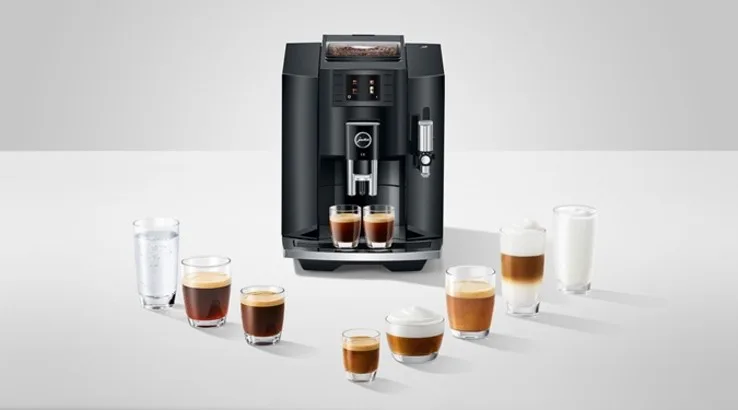
Dual-Channel: Two cups of coffee at a time – you’ll press one button on your machine and this will start a brewing process which will produce one single-cup pot of coffee and then pause, waiting for the next button to be pressed by you so that it can do the same thing all over again (and make another pot of coffee at the same time).
How does single-channel compare with dual-channel models other than price?
Dual channels are just an extra grinder within the same machine – Jura have recently changed their naming conventions for this though by calling them “Speciality” as in ENA 9 Speciality Coffee Machine… now there doesn’t seem to be any way of knowing if the grinder is a single or dual channel.
The advantage of having two separate grinders instead of one joint is that it eases wear and tear on the primary grinder.
Jura has been making coffee machines for over 50 years now so they’re experts at what they do, but essentially a lot is going on inside these little machines! You’ll find an electric motor driving the bean hopper up/down which allows you to select different quantities of beans from 10g up to 2kg in 1g increments (so 100-2000g).
Then there are various other motors for turning burr shafts, grinding, hotplate heating, etc. These aren’t always synchronized perfectly, which can make them get out of sync over time. If you’re using a dual-channel machine, then the second burr in another group can take up some extra work, extending the lifespan/reliability of the primary grinder.
In reality, all coffee machines meant to prepare single cups have two boilers. It’s not like a standard kettle where there’s one boiler, and then once that boils, you pour water from it directly into your cup.
Instead, most machines are designed so that hot water is fed via an internal pipe from one brew boiler to another for heating up (to prevent condensation & potential water leaks). After that, it heats up again via a heating element within the glass carafe before being poured into your cup.
In this respect, there’s no difference between single & dual channel machines.
In summary, if you want to maximize your chances of getting a reliable machine that will last the distance, then get the dual-channel model… but for most people, the main question is: which device make/model should I buy?
Jura or Saeco? From my own experience of owning both (Jura ENA 9, Saeco HD8924/47), I’d say the Jura is better value for money and better designed, but that’s no reflection on the quality of the Saeco products because they’re excellent machines.
I bought a Jura mainly for one reason – I make a lot of lattes at home, so wanted a milk frother machine built into my coffee maker that would provide a really good micro-foam texture to maintain consistency day-in-day-out (as opposed to using an Aerolatte hand whisk).
The Jura was very simple and straightforward to use as well as doing exactly what it said on the tin (and making pretty decent espresso & coffee too). One day though, I just happened to be walking past a Saeco coffee shop and noticed that they had sample machines on display for free use.
Basically, you pay them whatever amount of money you feel this drink was worth, subtract their minimum charge for the milk frother (which I believe is 50p-£1) & then make yourself a latte with any milk/foam combination you like.
I sampled various combinations, but it turns out the easiest way to make a good microfoam texture with any hot milk is actually via soy! You’ll need an Aerolatte whisk as well, which feels much nicer in your hands than using a Jura handheld device.
Anyway, after tasting my first natural barista-style latte, it suddenly dawned on me that the Saeco might be a better choice because of their milk frother’s capabilities. So I went out & bought one.

